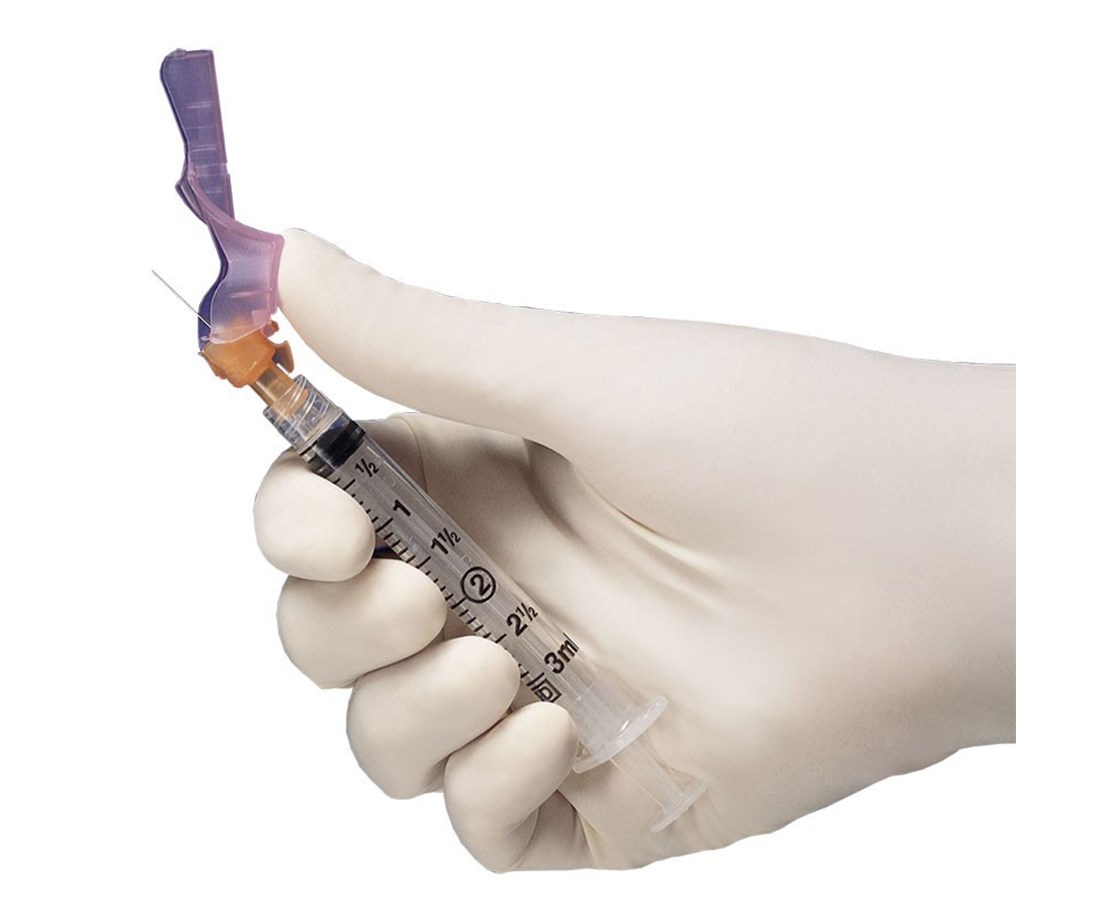
- #How to use eclipse needle how to#
- #How to use eclipse needle manual#
- #How to use eclipse needle skin#
PBSL=Baseline, SP= Summating Potential, AP=Action Potential, BLst=start of baseline, Blend=end of baseline, AP1=start of AP, AP2=end of APĪmplitude ratio: Amplitude ratio is simply marked with the baseline, the summating potential and the action potential. You’ll find this feature in the bottom of the Edit sheet.Įxample of Marked Points for Amplitude Ratio Hint: You can use the digital filters to “clean up” noisy data even after a completed test or run. Now bring the mouse to the correct position on the waveform and click to place the marker (or hit Enter).

To mark a selected waveform, click the appropriate waveform marker in the Edit sheet (or select 1-6 on the keyboard).

The ratio selection is found in the General Setup. Amplitude Ratio or Area Ratio Calculation will automatically be computed once the required labels are assigned. Waveforms are marked from the Edit sheet during or after testing either manually or automatically. Hint: Window sizing may be changed during testing by selecting one of the arrow keys on the bottom, right side of the recording window or using the arrows on your keyboard. Hint: Waveform Scaling can be increased or decreased by using the arrows on the top left side of the recording window or on your keyboard. As averaging commences, the waveform will appear on the screen. The EEG levels should be low and consistent.
#How to use eclipse needle manual#
Manual Mode: To begin the manual mode, choose the intensity and select the ear to test on the Record sheet. Next choose Start (or hit F2).ĭuring testing monitor the EEG to assure a collection with minimal noise.
#How to use eclipse needle how to#
Consult your Instruction for Use or Eclipse Additional Information to learn how to create or modify a protocol. The procedure discussed below is simply a suggested process to be used as a guideline. Only 1-channel is needed to perform an ECochG with the TM-trode and for simplicity EPA3 can be used. When using EPA4 together with a TM-trode the red TM-trode cable is moved when switching ear. Sonaville) prior to placing it at the TM. The TM-trode can be placed in a saline solution for a few minutes prior to placing it on the TM and should be dipped in electrode contact gel (e.g. Drain the ear prior to inserting the TM-trode. To reduce impedance a solution of saline can be used. Below is an example of the electrode placement using the TM-trode with the EPA4 and an example of the EPA3 with a TM-trode.įor both examples the TM-trode and the test ear must be prepared prior to placing the TM-trode on the tympanic membrane. It may be quite difficult to obtain such low impedance on the ECochG test ear electrode and higher levels may be accepted.Įlectrode Placement: The ECochG test leads must be used to acquire the waveform. For TM-trodes the impedance should be 20kΩ or lower. The impedance values between one another should be balanced or similar in value. It is recommended to have impedance values be 5kΩ or lower for Tiptrodes.

#How to use eclipse needle skin#
The electrode sites must be prepared and cleaned in order to obtain acceptable low skin impedance. An examination of the ear canal and TM must be performed prior to performing the test. The patient must lie down and should be relaxed or sleeping in a quiet environment during the procedure. Note the procedure should only be performed by trained professionals. The following is an example of preparation and electrode placement performed with a TM-trode. Gold foil Tiptrodes are sometimes used but TM- trodes will produce larger responses as it is closer to the site of generation. While transtympanic electrodes will result in the most robust response but are not feasible for most clinics. It is recommended to use Tiptrodes, TM-trodes or Transtympanic electrodes to measure the electrocochleogram. Surface electrodes are not adequate for recording ECochG.

Recent studies indicate that Superior Canal Dehiscence (SCD) may also result in elevated SP/AP ratios (Devaiah et al., 2009). Perilymph Fistula, sudden hearing loss and other pathologies may result in abnormal ECochG results. Relationship are used to diagnose these conditions. The SP and AP amplitudes, latencies and their The ECochG is primarily used toĭiagnose Meniere’s Disease, particularly Cochlear Hydrops. Measuring the CM requires slightly different test parameters than the SP and AP and for this reason it is described in a separate quick guide.Ĭertain vestibular and auditory conditions may be diagnosed with ECochG. The cochlear microphonic (CM) is also part of the ECochG and has its own protocol. Typically, the measurement is characterized by the stimulus onset (baseline), the response of the cochlea to the stimulus (summating potential - SP), and response to the synchronous firing of nerve fibers (action potential - AP). Electrocochleography (ECochG) is a measure of the electrical potentials of the cochlea.


 0 kommentar(er)
0 kommentar(er)
